When it comes to the operation of dump trailers, several factors are essential to ensure compliance with legal standards, enhance safety, and maintain effective functionality. One critical element that often goes overlooked is the correct placement of the license plate. This article delves into the necessary considerations, best practices, and regulations associated with mounting a license plate on a dump trailer.
Understanding the Importance of Proper License Plate Mounting
Legal Compliance
Mounting the license plate correctly on your dump trailer is not just a matter of best practices—it is a legal requirement in many jurisdictions. Each state has specific laws regarding vehicle identification, and any failure to comply can lead to fines or issues during inspections.

Visibility and Accessibility
A well-mounted license plate ensures visibility from different angles, allowing for easier identification by law enforcement and other drivers. This aspect is paramount for safety; an obscured plate can lead to misunderstandings and potential accidents.
Regulatory Compliance: The Legal Framework
Federal Regulations
In the United States, the Federal Motor Carrier Safety Administration (FMCSA) provides a framework for commercial vehicle regulations, including trailers. Though detailed specifications on the exact location of license plates may vary, adherence to general visibility rules is mandated federally.
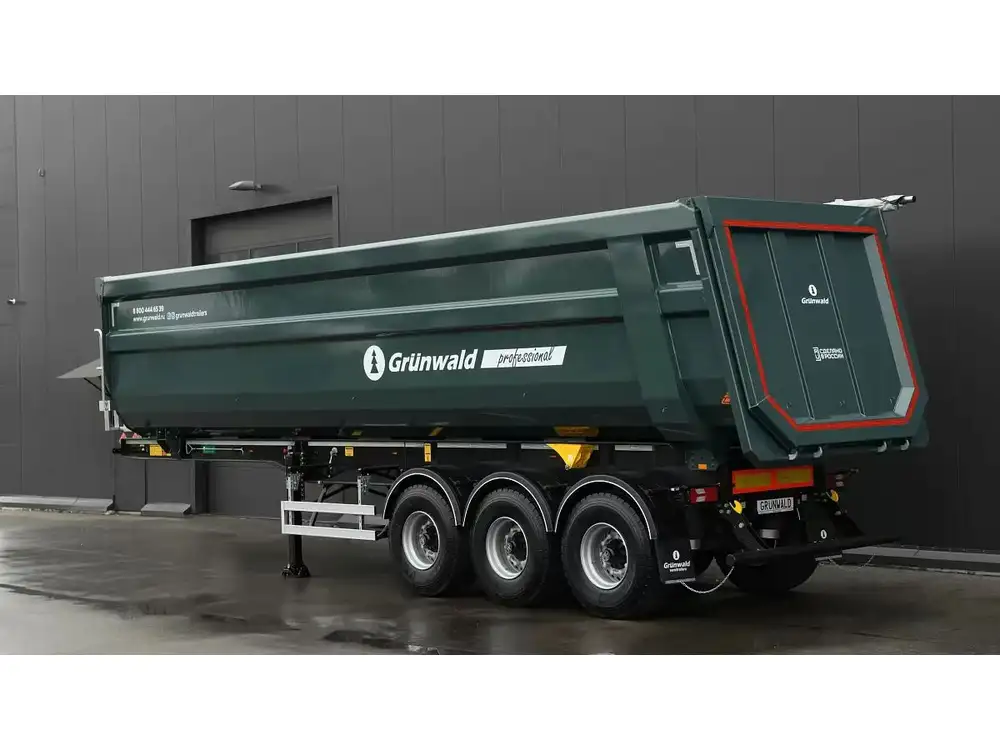
State-Specific Guidelines
Each state has its own specific regulations on where to place a license plate on a dump trailer. For instance:
| State | License Plate Position Requirements |
|---|---|
| California | Must be mounted at the rear, clearly visible |
| Texas | Must not be lower than 12 inches from the ground |
| Florida | Should be mounted upright and visible from 200 feet |
| New York | Fixed at the rear, not obstructed by any accessories |
Researching your local regulations before mounting your license plate ensures compliance and prevents
potential legal issues.
Optimal Mounting Locations
Rear of the Trailer: The Standard Position
Generally, the rear of the dump trailer is the most acceptable location for mounting your license plate. This spot allows for maximum visibility and is less likely to be obstructed by the dump trailer’s operations.

Advantages:
- Visibility: The license plate is most easily seen by law enforcement and other vehicles.
- Safety: A centrally mounted license plate lowers the risk of it being knocked off by debris or operational activities.
Alternative Positions
There are instances where mounting the license plate in less conventional locations may be necessary, either due to the trailer’s design or specific legal requirements.
Mounting on the Side
In some scenarios, especially with smaller dump trailers or unique designs, the license plate may be mounted on the side. However, this position must facilitate visibility and accessibility.
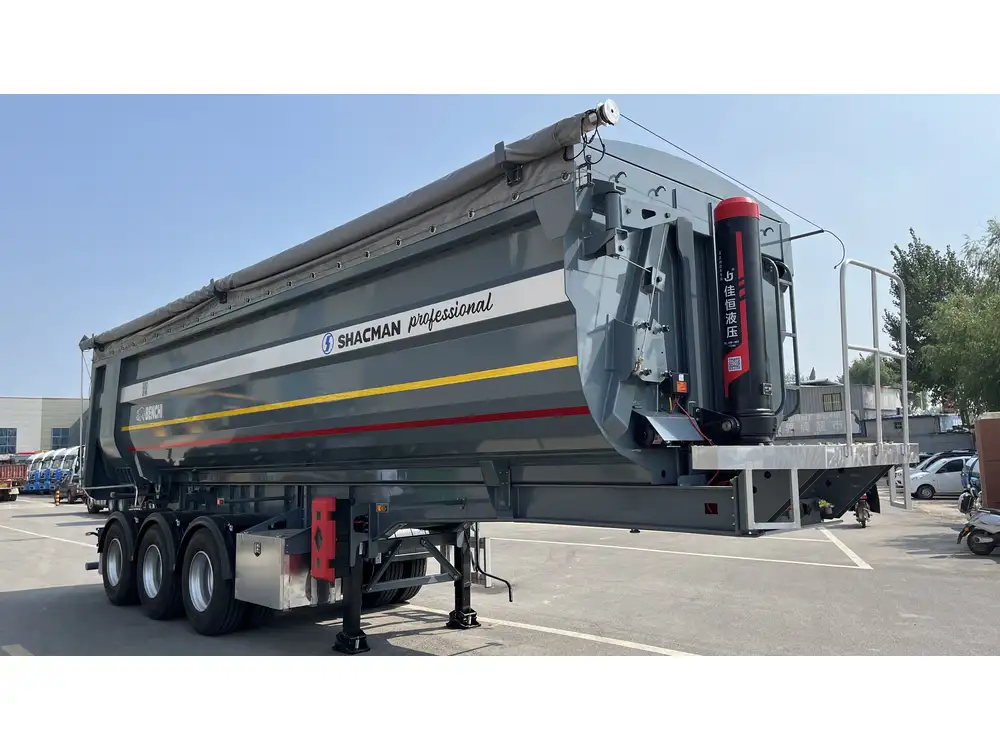
Using a Vertical Support
For dump trailers designed with high clearance, utilizing a vertical support to hold the license plate is another option. This method ensures visibility while maintaining clearance and operational integrity.
Considerations for Effective License Plate Mounting
Materials and Durability
The components used for mounting the license plate should be robust to withstand environmental conditions such as rain, dust, and extreme temperatures. Stainless steel or galvanized fittings are highly recommended due to their rust-resistant properties.

Plate Visibility
Ensure that the license plate is not blocked by trailer components, accessories, or any cargo. A clear line of sight for at least 200 feet is typically required.
Use of Reflective Materials
Enhancing visibility at night is essential; therefore, mounting the license plate using reflective backing can improve its noticeability after dark or in low-light conditions.
Potential Challenges and Solutions
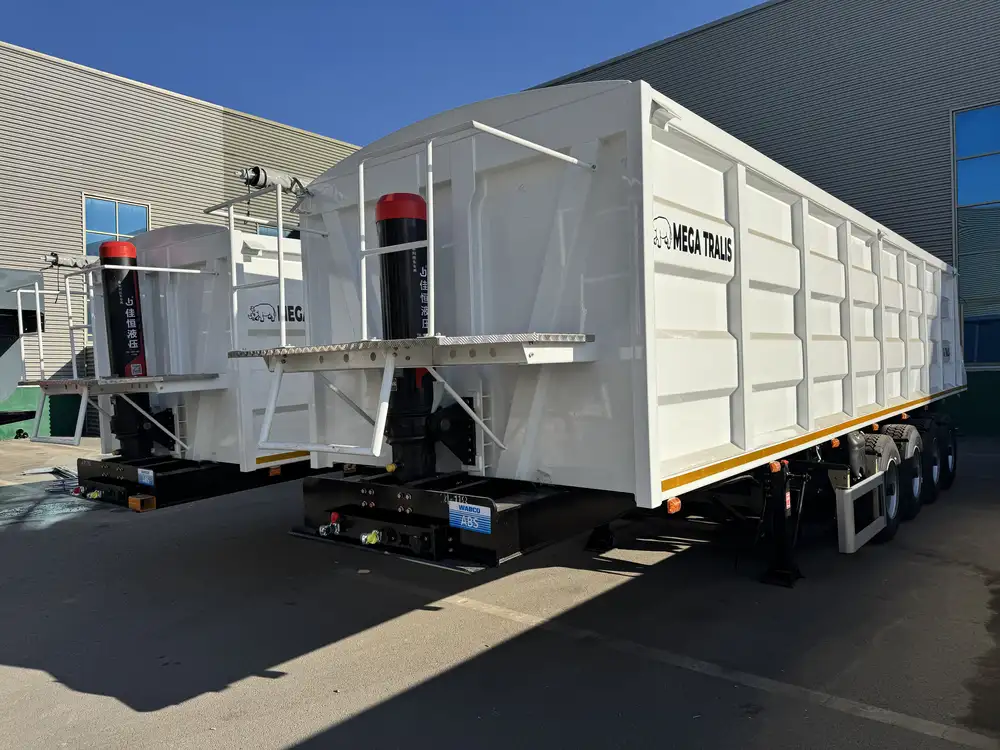
Custom Trailer Designs
Custom or modified trailers may not have the standardized mounting brackets typically found. Here’s how to address this:
- Custom Brackets: Utilize custom-made brackets that ensure the plate is securely attached while remaining compliant with local laws.
- Consult a Professional: If in doubt, consult a legal expert or a professional trailer manufacturer to assist in proper positioning.
Obstruction by Accessories
Common accessories such as spare tires, toolboxes, or hydraulic components can obstruct the license plate’s visibility.
- Repositioning Accessories: Reassess the layout of your accessories to avoid blocking the plate.
- Specific Mounting Solutions: Use extender arms or brackets designed to elevate the license plate above common obstructions.
Maintenance of License Plate Visibility
Proper maintenance ensures that the license plate remains functional and visible throughout its usage.
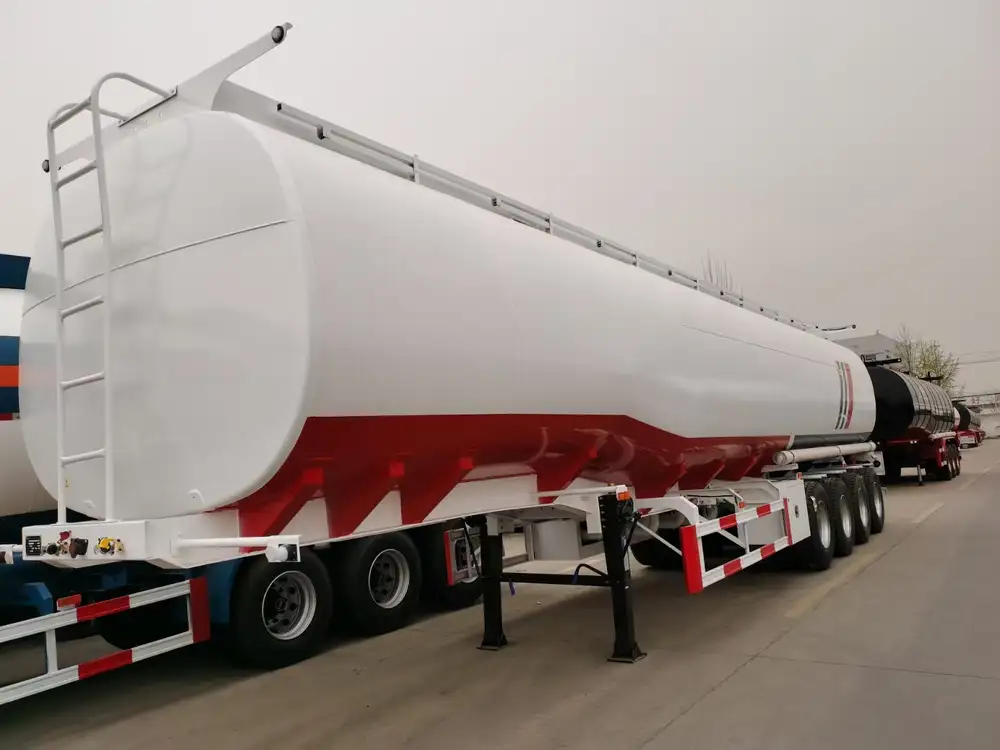
Regular Inspections
Conduct routine inspections to check for any obstructions or wear and tear. Points to consider in your inspection include:
- Dirt and Debris: Ensure the license plate remains clean to avoid visibility issues.
- Structural Integrity: Inspect brackets and fastening components for wear.
Replacement of Worn Plates
Faded or damaged license plates must be replaced immediately. Most states provide clear guidelines for applying for a replacement.
Frequently Asked Questions

What is the standard height requirement for mounting a license plate?
Most jurisdictions require that the bottom of the license plate be mounted between 12 to 60 inches from the ground. Refer to local regulations for specific requirements.
Can I use a temporary mount for my license plate?
While temporary mounts may be acceptable in emergencies, it is recommended to establish a permanent solution as quickly as possible to comply with legal mandates.
Is it possible to mount a license plate at an angle?
Mouting a license plate at an angle is generally discouraged as it can reduce visibility. However, if local laws permit it, ensure that the angle does not obstruct sightlines.
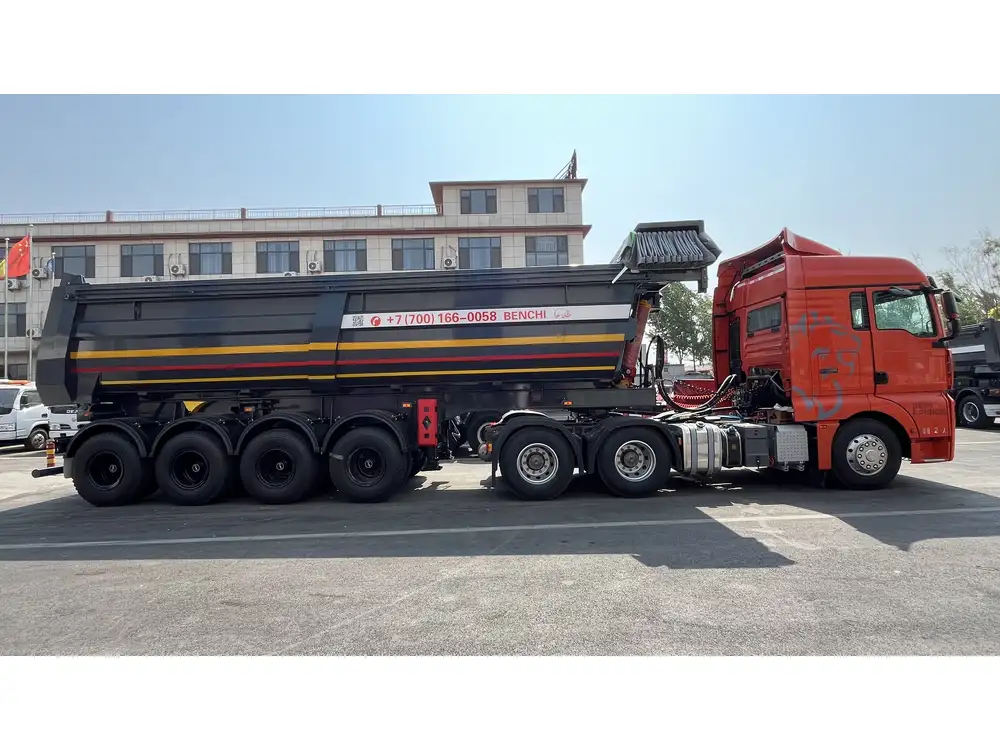
Conclusion
Properly mounting the license plate on your dump trailer is not merely about compliance; it contributes to overall safety and visibility on the road. By following established guidelines and considering the various factors discussed in this article, you can ensure that your trailer meets all necessary legal requirements while maintaining functionality.
Whether mounting at the rear, side, or using innovative solutions for custom designs, each consideration is an essential branch of the overarching theme: secure and compliant trailer operation. Always perform due diligence to stay updated on local regulations, ensuring that your dump trailer remains a lawful participant in today’s dynamic transportation environment.
By addressing these crucial aspects comprehensively, we aim to help you successfully navigate the complexities of dump trailer ownership and operation.



